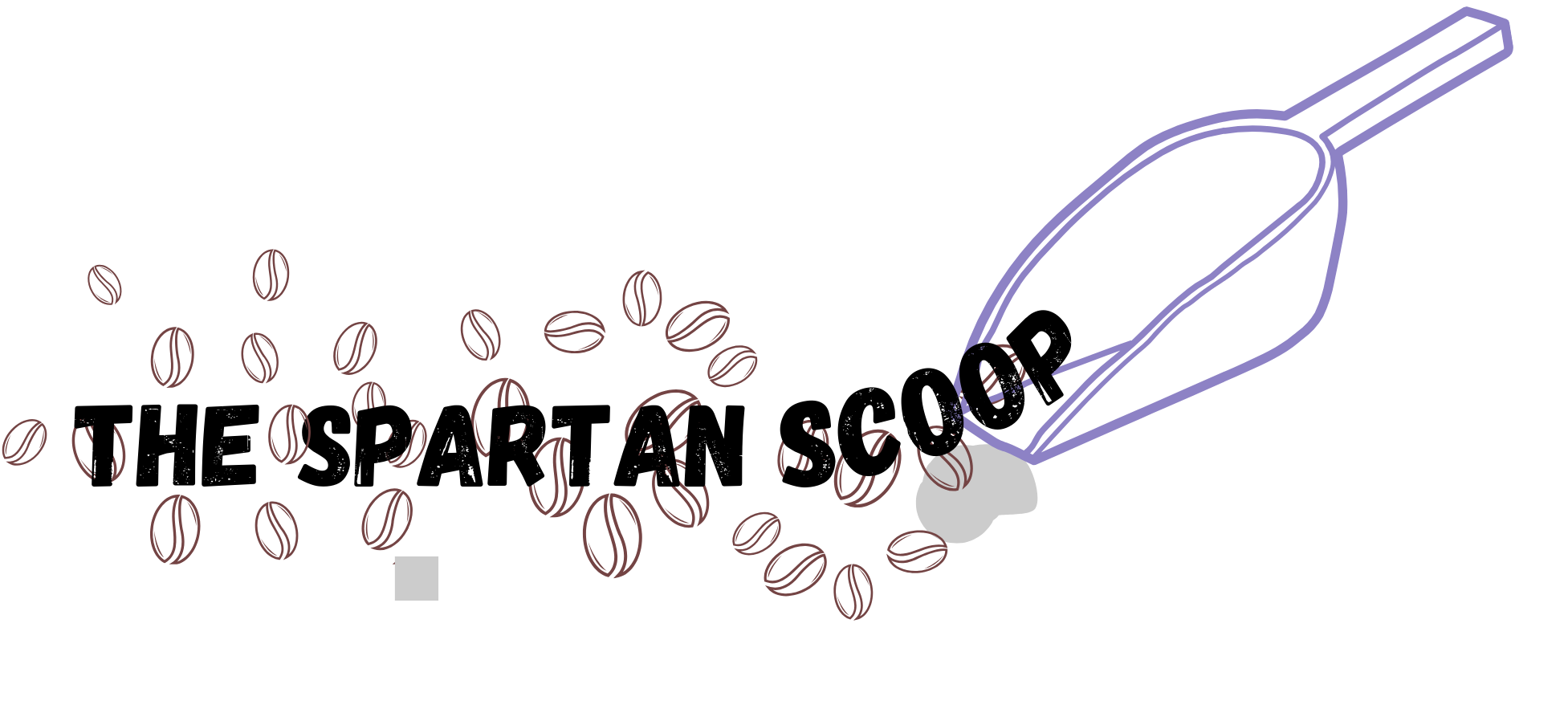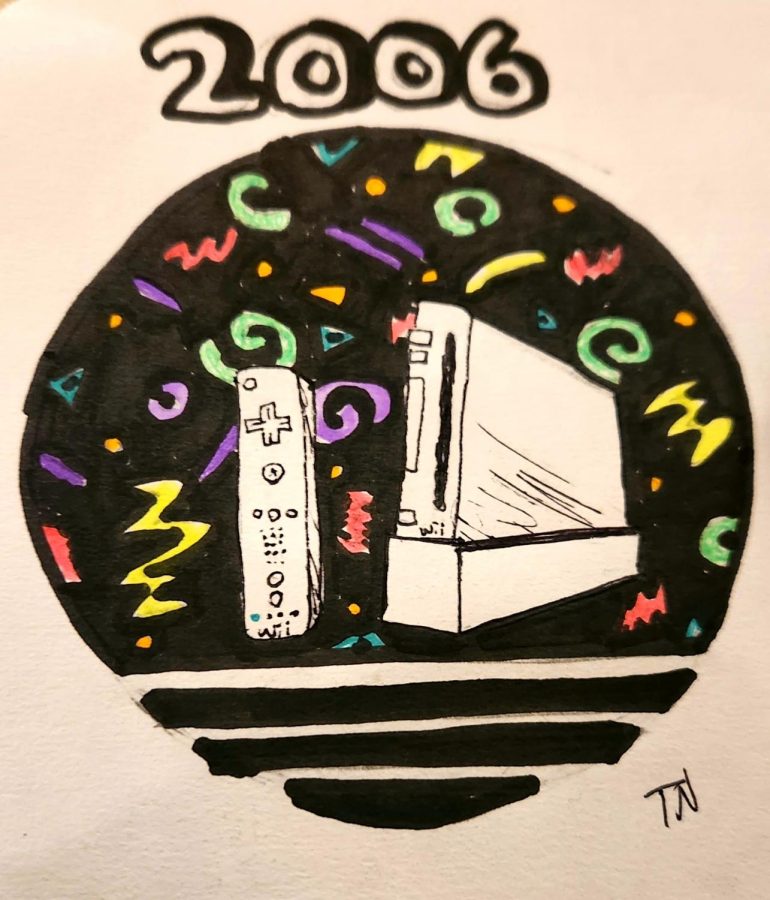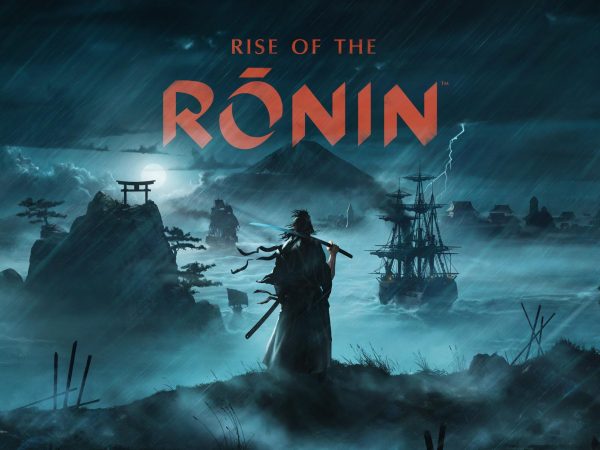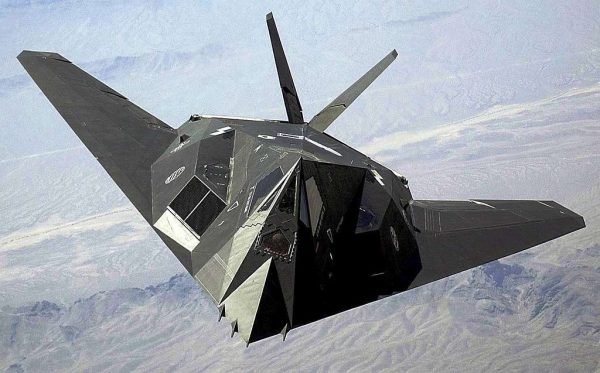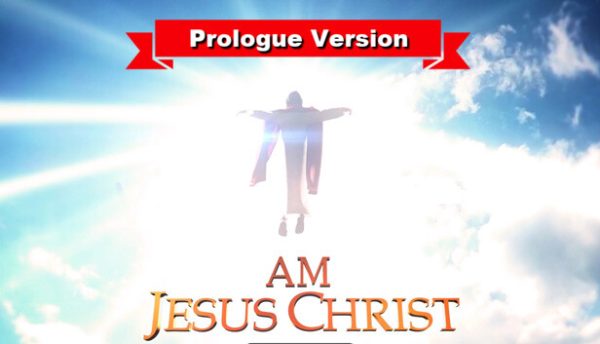RETRO GAME CONSOLES
Game consoles have become an everyday part of many people’s lives…but very few actually know what the predecessors to our modern consoles are…save the consoles that came out before the most modern units.
Atari VCS 2600 (1977)
The Atari has become what most people refer to as the first game console, and a very well-known name. (even being featuring in the popular movie, The Princess Bride). The console had an odd joystick and button combo, which definitely worked…but wasn’t great.
Nintendo Entertainment System (1985)
The NES was a major breakthrough for gaming and was most people’s first console with the start of many great Nintendo games such as Super Mario Bros. The NES also introduced a game pad, which was a great improvement from the odd joystick of the Atari.
Sega Genesis (1988)
The Sega Genesis featured many great games , such as the first Sonic game. Th Sega Genesis was designed to compete against Nintendo with a 16 bit processors, and while the difference between 8 and 16 doesn’t seem like much, it was.
Super Nintendo Entertainment System (1990)
It’s like the NES but…super! Super NES improved upon the NES with 16 and 32 bit games. This doubling of bits greatly increased the commercial quality of the games, and made games look far greater than they did before.
Genesis (1994)
The genesis had AV ports, and was popular with anyone who liked Sega exclusive games like Streets of Rage and Sonic. The Genesis was more compact than the previous model, and was far easier set up then the previous model; overall, a straight improvement from the previous Sega console.
PlayStation (1994)
The original PlayStation was extremely popular and changed the entire home gaming system game by utilizing discs, featuring 3D graphics, and including great array of games (such as Resident Evil and Final Fantasy 7). The PlayStation also increased the number of buttons on the remote, allowing for more complex games than could be previously designed.
Nintendo 64 (1996)
The N64 used 64 bit processors to give it even better graphics and had many great games (with the Nintendo games all ending in 64)…but had a really odd controller. The idea behind the triple pronged controller is that you’d hold onto different prongs depending on the type of game being played. As suspected, nobody one actually did this, leading to the prong just getting in the way for a cumbersome gaming experience.
PlayStation 2 (2000)
The PS2 had a revolutionary controller with two joysticks, a d-pad, four face buttons, two menu buttons, and a home button. This layout is the most common layouts for consoles now, and it had backwards compatibility with the PS. Some of the best PS game series were featured on this console, such as Grand Theft Auto and Kingdom Hearts. It also featured the ability to play DVD’s, which increased its commercial appeal.
Xbox (2001)
The original Xbox was a powerful console and introduced Xbox Live, allowing for online connectivity. This next step in home gaming gained massive traction with the Halo series. The Xbox controller also introduced an improved form, which set a precedent for future controllers.
GameCube (2001)
The GameCube featured many great games, such as Wind Waker, which looks amazing for a game that was released on a “retro” console. Additionally, the controller was far more serviceable than the N64. This updated remote also featured some of the nicest triggers for remotes (which moved all at once, rather than by lever).
From this point on, while technically retro, it is odd to think of them as such….
Xbox 360 (2005)
The 360 was, and still is, a very good console. The controllers are ergonomic, wireless, and resilient – in fact, I have an Xbox remote from the “red ring of death” era that still works. This console featured many, many great games, such as the best installments of the Call of Duty and Grand Theft Auto series.
Wii (2006)
The Wii has motion sensors designed so that many of the games need you to move, which was a major selling point for the console. It also had a great selection of games, particularly Wii Sports, and Skyward Sword. Most of us remember children convincing their parents to buy this because it was “active and healthy” – clever marketing campaign!
PlayStation 3 (2006)
The PS3 took everything from the previous PlayStations and made it better. Play previous console games? Yep. Play DVD’s? One better: it could play Blu Ray! The PS3 had so many great features…but had no original games (wink wink). The PS3 also had a unique feature where the buttons could sense different pressure of touch, which was barely utilized but still a cool addition.
Now for the rapid fire section: this is going to be a quick rapid fire of a number of portable consoles.
Game Boy: Handheld console with interchangeable cartridges.
Game Gear: Sega handheld, which was big and in color.
Game Boy Color: The game boy, but in color.
Genesis Nomad: A better version of the Game Gear.
Game Boy Advance: Featured two new shoulder buttons.
Nintendo DS: Double the screens, double the face buttons. The Lite could also play Game Boy Advance Games.
Retro consoles had so many great innovations and developments – in retrospect, it’s so interesting to trace the gradual evolution to what our modern systems look like today.
